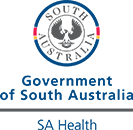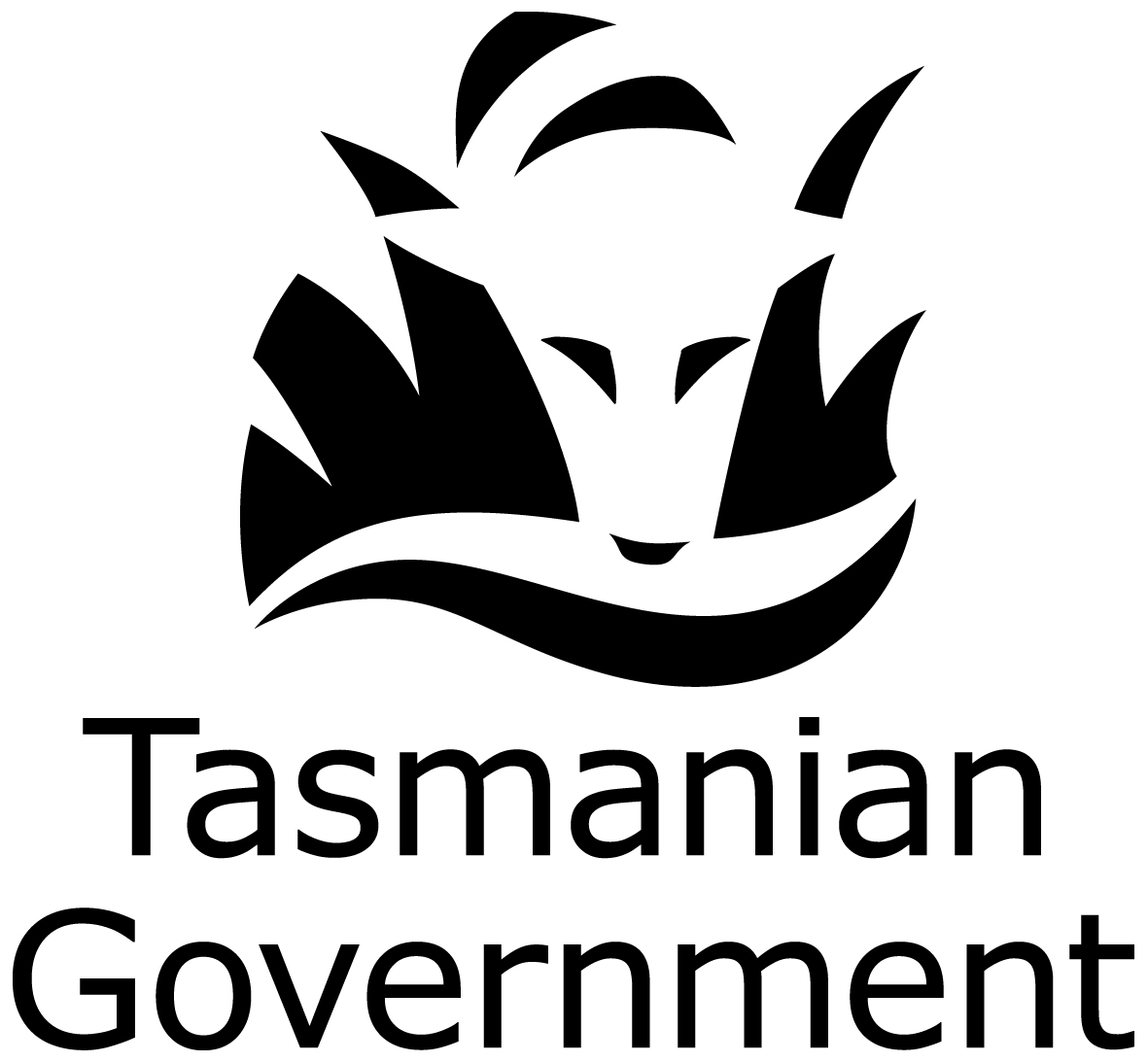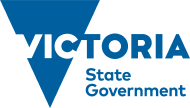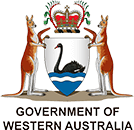CT scan
Key facts
- A computed tomography (CT) scan is a type of x-ray.
- It's used to make detailed 2D or 3D images of the inside of your body.
- A CT scan can help diagnose different medical conditions.
- When you have a CT scan, you will lie flat, and a machine shaped like a doughnut will scan your body.
- It's important to only have CT scans when necessary since they use a higher level of radiation than other imaging types.
What is a CT scan?
A computed tomography (CT) scan is a type of x-ray that creates 2- or 3-dimensional images of your body. It is also known as a computed axial tomography (CAT) scan.
CT scans can help a doctor clearly see different parts of your body, such as your:
- bones
- organs such as the brain
- soft tissues
- blood vessels
CT scans can help diagnose medical conditions such as an internal injury from an accident. Diagnosing a condition allows doctors to properly treat it.
What happens during a CT scan?
When you have a CT scan, a doughnut-shaped machine moves in a circular motion around you. While it is moving, it takes x-rays of very thin 'slices' of your body.
A computer can then turn the x-ray images into 3-dimensional (3D) images. This means that a CT scan provides a view of the inside of your body from different angles.
How are CT scans different from normal x-rays?
CT scans provide more detail than an x-ray. Your doctor may order a CT scan instead of an x-ray to look at your soft body tissues. Soft tissues don't always show up on x-rays.
Because CT scans use multiple x-rays images, they also use a higher level of radiation.
Why would I need a CT scan?
CT scans provide detailed images of the inside of your body. A CT scan may be used to:
- look at the structure and anatomy (shape) of parts of your body
- diagnose and monitor different conditions such as a tumour or an infection
- check for injuries after a serious accident
- help plan treatment such as surgery or radiotherapy
- help guide doctors doing a biopsy
Any part of your body can be scanned, such as your:
- head
- chest
- abdomen
- pelvis
Your dentist may also use a special type of CT scan, known as cone beam CT scan (CBCT).
If an x-ray shows something that needs a closer look, a CT scan may be recommended to show more detail.
How do I prepare for a CT scan?
Before your CT scan appointment, the hospital or radiology practice will send you instructions.
You may need to have an injection of a special dye called contrast material. Contrast material is not radioactive. It helps blood vessels and some organs to appear in the scan. If you need contrast material for the CT scan, you may be asked to fast (not eat or drink) before your appointment.
During the scan, you will need to lie very still. If your child needs a CT scan, you can help them practise lying still at home, before their appointment.
What should I expect when I have a CT scan?
CT scans are done differently depending on the person and the reason for the scan. Your CT scan may be different to someone else's.
Before the scan
Before the scan, you may be injected with contrast material to make the pictures clearer. You may experience some strange feelings from the contrast, like:
- a metallic taste in your mouth
- warm flushes
- feeling like you have wet yourself
These feelings should only last for about 20 seconds.
During the scan
You'll usually lie on your back, on a flat bed that passes into the CT scanner. The scanner looks like a doughnut. It will rotate around a small section of your body as you pass through it.
While each scan is taken, you'll need to lie very still and breathe normally so that the images are clear. At certain points of the exam, you may be asked to:
- breathe in
- breathe out
- hold your breath
A CT scan usually takes around 10 to 15 minutes.

After the scan
You can usually go home soon after the scan. You can then talk about the results of your scan with your doctor.
What are the possible risks of a CT scan?
Talk with your doctor beforehand about the possible risks and benefits of having a CT scan in your situation.
Allergic reaction
If you need contrast material for your CT scan, there is a small risk of having an allergic reaction. This may cause symptoms such as:
- a rash
- itchiness
- nausea (feeling sick)
- sweating
- difficulty breathing
If you notice these symptoms when you are having your CT scan, let the nurse or imaging provider know.
If you know you have an allergy to contrast material, tell your doctor before getting another scan.
Radiation exposure
X-rays, which are used in CT-scans, are a type of radiation that has been linked to cancer.
CT scans produce more radiation than other types of imaging. If you have multiple CT scans, you may be at more risk.
Children are also more sensitive to radiation as their bodies are still developing.
To lessen these risks, CT scans should only be used when necessary.
Pregnancy
If you are pregnant, or think you might be pregnant, talk to your doctor.
CT scans are best avoided in pregnancy. This is because there is a small risk that the radiation could harm your unborn baby.
What can I ask my doctor about CT scans?
If you have any questions about CT scans, it's okay to ask your doctor or medical imaging provider. You can ask them:
- about the benefits and risks of the CT scan
- how to prepare for a CT scan
- what other imaging options could be used, such as an ultrasound
- if you have any older scans that could provide the information needed
If your child needs a CT scan, check with the imaging provider that they will receive a 'kid-sized' radiation dose.
ASK YOUR DOCTOR — Preparing for an appointment? Use the Question Builder for general tips on what to ask your GP or specialist.
Resources and support
For more information on CT scans visit the following websites:
- Inside Radiology
- Australian Commission on Safety and Quality in Health Care (the Commission)
- Australian Radiation Protection and Nuclear Safety Agency (ARPANSA)
You can also call the healthdirect helpline on 1800 022 222 (known as NURSE-ON-CALL in Victoria). A registered nurse is available to speak with 24 hours a day, 7 days a week.
Resources for health professionals
For resources to assist referrers and providers of medical imaging, you can visit the:
- Royal Australian and New Zealand College of Radiologists (RANZCR)
- Australian Commission on Safety and Quality in Health Care
- Australian Radiation Protection and Nuclear Safety Agency (ARPANSA)
- Australian Society of Medical Imaging and Radiation Therapy
Further information on the use of CT scans in dentistry can be found in the Australian Dental Journal.
Learn more here about the development and quality assurance of healthdirect content.
Last reviewed: June 2023






-cb4909.png)














